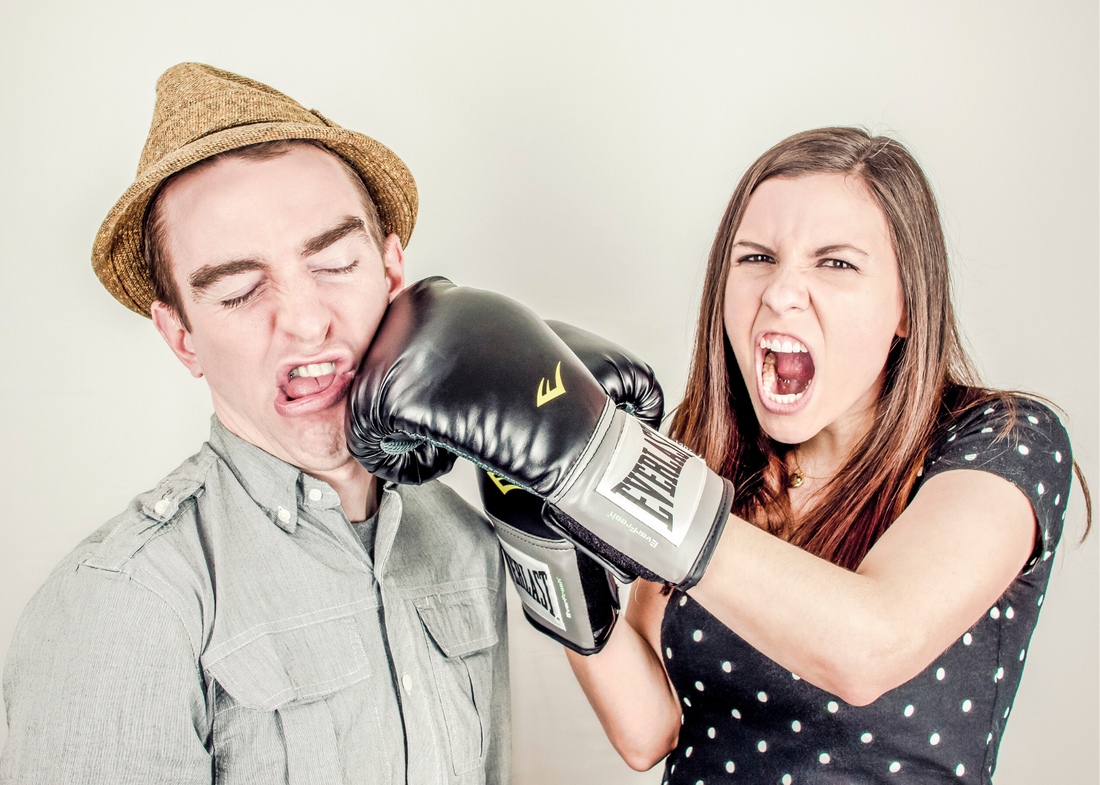|
Anyone with long term pain will likely relate with this statement my sister recently made about her chronic back pain and exercise: "Yeah, the pain flare ups seem to be less frequent with exercise. But also feels hard to convince myself to exercise, because if I stretch too far it hurts real bad, too??" This situation is so common with people I see every day in the clinic. The pain has been there for a long time, but thinking on times that they've been most physically active, that tends to be the times that the pain has been its least intense, frequent and invasive. So if we know that staying active can change the intensity, frequency and overall impact pain has on our lives, why is it so hard to convince ourselves to do the exercises? Its an internal fight that a lot of people have with themselves. In practitioner language we call it Fear-Avoidance Behaviours, which basically means not doing the beneficial thing because of the fear of causing pain even if you know long term the beneficial thing reduces the pain intensity and/or frequency. It’s one of the biggest struggles for people with chronic pain.
I think a lot of the solution to it is finding a really enjoyable activity. In my sisters situation, she started taking MMA classes last year. A weird choice for someone who is already in pain, right? But even though shes learning some serious fighting moves and coming away with some proper bruises, her long term back pain has been more under control than it had been in ages. I explained it to her like this. "You’re not there to slug away at a pointless activity that you don’t enjoy. You have fun, you learn, it’s interactive, the people are nice and supportive, it’s social, it’s not 100% competitive, you get to do it as a family activity with Matt and the kids. So it’s probably so much more appealing than going for a run or going to lift weights at a gym by yourself for an hour a few days a week." And I think she got it! "Absolutely! Ohh that all makes so much sense... it's so true though. Going to the regular gym or even working out at home is like... ugh. No thanks. But going to MMA is so easy?! Because it's just fun... I mean, it's actually a really complicated work out, and some of it SUCKS... but is somehow so damn fun?!" While she's having all this fun kicking and punching, she'll definitely be using a lot of back muscles to coordinate and control the movements, and core muscles, hip stabilisers, all the areas that single exercise prescription focuses on. The difference is instead of doing separate specific exercises for each muscle group, it’s all just rolled into a sequence of movements and blows and dodges, mixed in with an instructor that makes her laugh and being able to spar with her partner. This is way more enjoyable for her than doing strict sets and reps of isolated exercises. Some people love doing the specific exercises, and guess what, thats awesome too because if you love it and enjoy it, you're more likely to do it! Lets talk neuroscience We already know that almost any kind of exercise produces endorphins, which are these wonderful little brain chemicals (neurotransmitters) that are natural pain and stress relievers. Endorphins act a little differently on the Peripheral Nervous System (all the nerves in your body that aren't part of your brain or spinal cord) and the Central Nervous System (the brain and spinal cord) They work by binding to opioid receptors in the Peripheral Nervous System. Its like your own personal stash of codeine, and your body makes it in response to exercise! They also work by reducing the amount of inflammatory chemicals that the nerve produces. In the Central Nervous System, endorphins also bind to the opioid receptors. Here their effect is to reduce another neurotransmitter called GABA. With GABA reduced, your brain is able to produce more dopamine - the pleasure neurotransmitter! Interestingly, these opioid receptors in the brain are most abundant in regions of the brain that control pain regulation. So how is it more helpful to have a fun active hobby? Researchers found that endorphin release varies depending on the intensity of the activity, suggesting that higher physical intensity leads to increased endorphins compared to more moderate activity. But is the endorphin rush better from a fun activity vs an activity that you find boring or tedious? I'm honestly not sure, but what I do believe with certainty is that most people are way more likely to actually DO the exercise if its something they find fun and enjoyable and actually have a desire to do it. Realistically, it probably doesn't matter WHAT you do, more that you just DO IT! Comments are closed.
|
Meet Our Team
We have a team of great practitioners available 7 days a week at our Rowville clinic. Archives
July 2024
Categories
All
|
Got a question about Myotherapy?
Contact Mel by phone, email or Facebook
|
Simple Wellness Myotherapy & Remedial Massage Clinic
Shop 12B 150 Kelletts Rd Rowville VIC 3178 |
Phone us on
03 8204 0970 |


 RSS Feed
RSS Feed